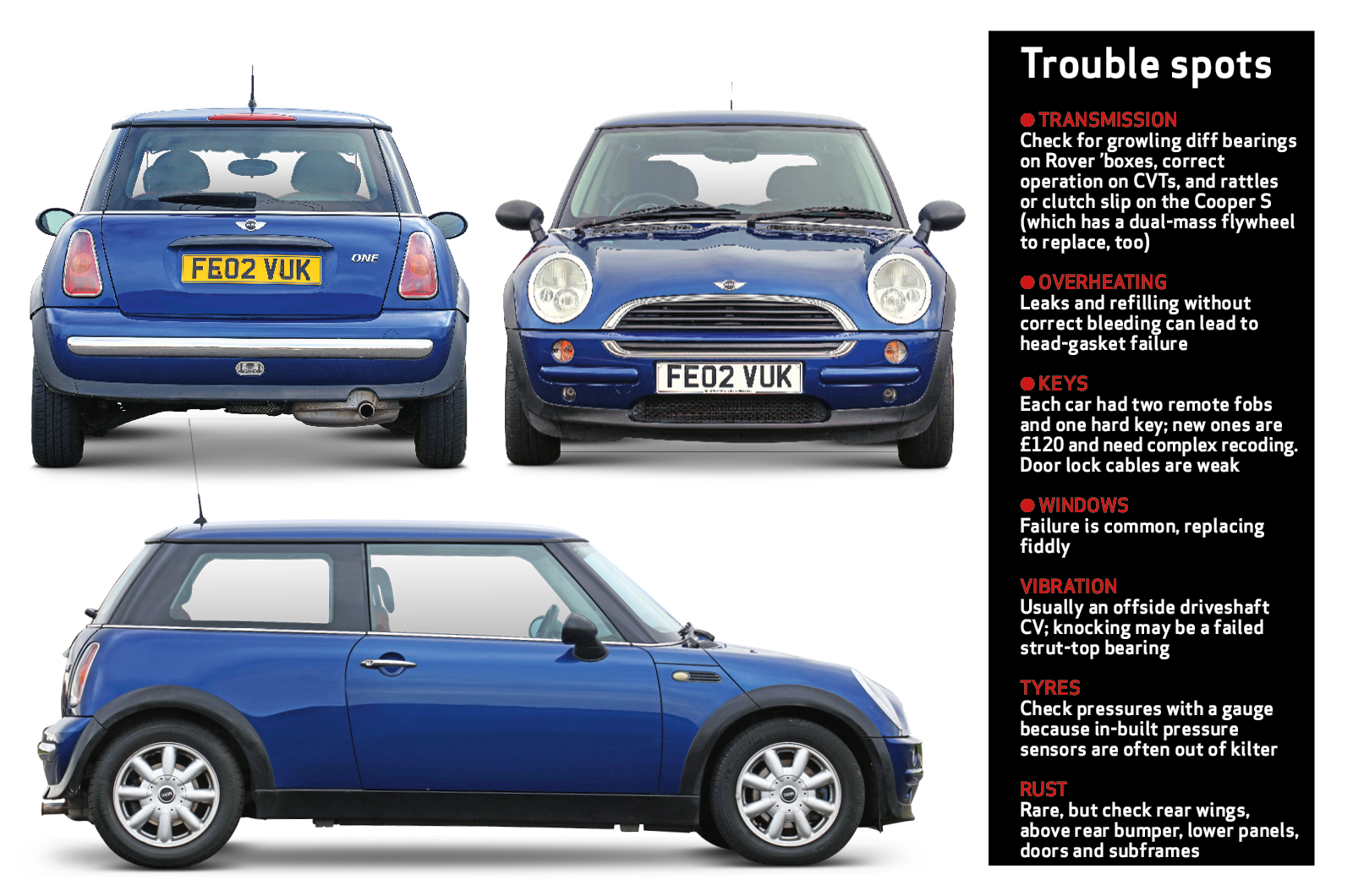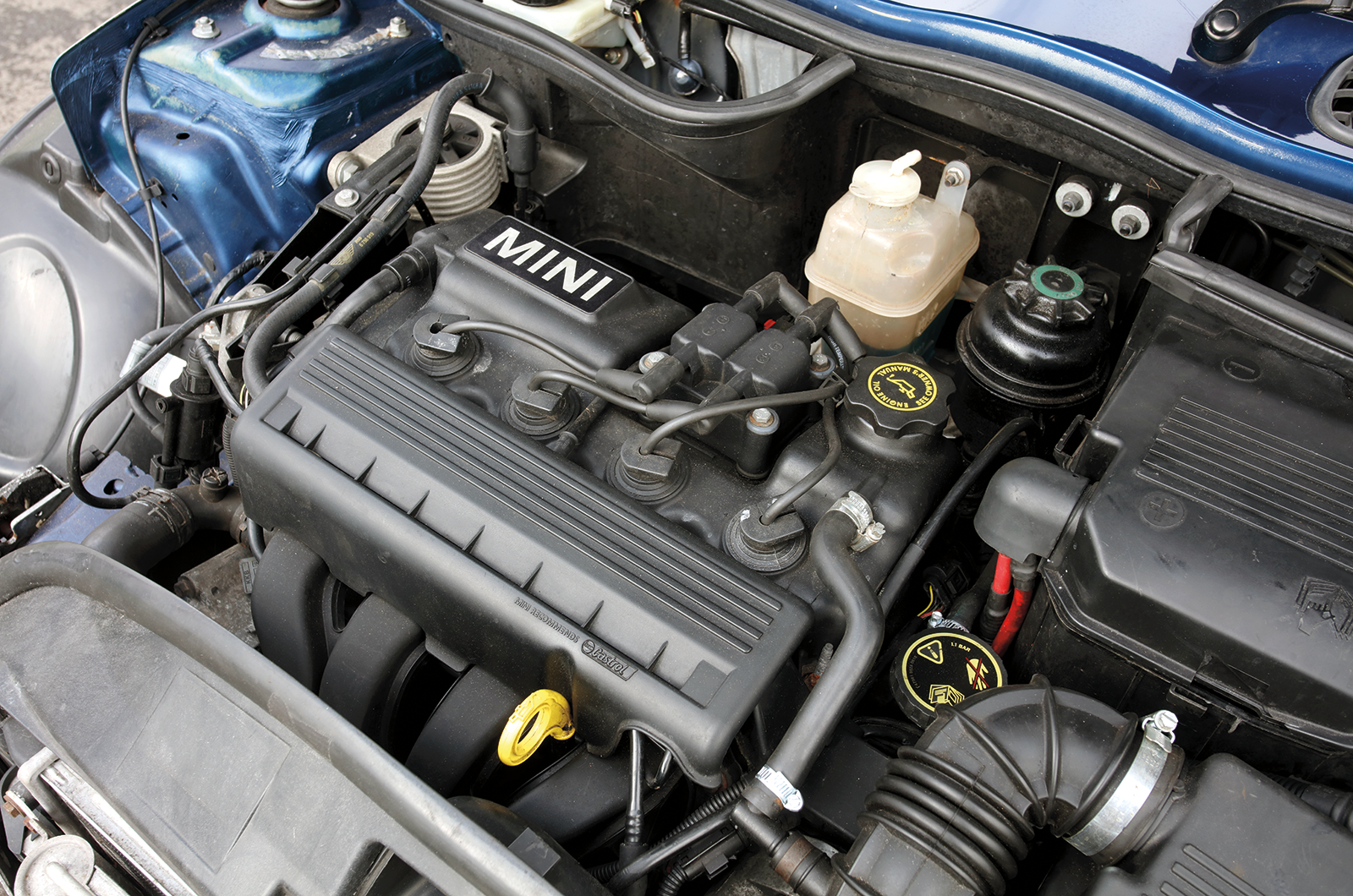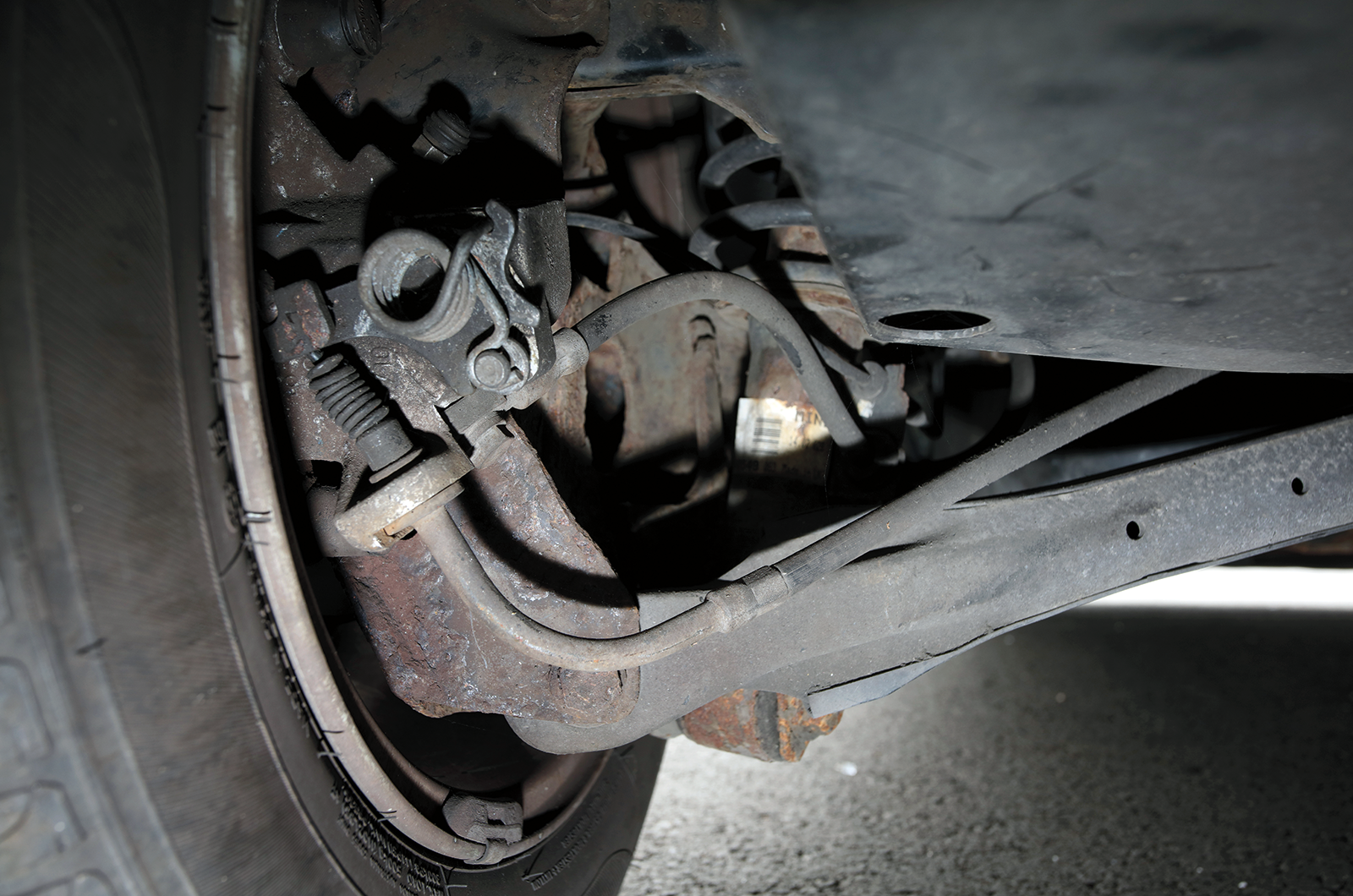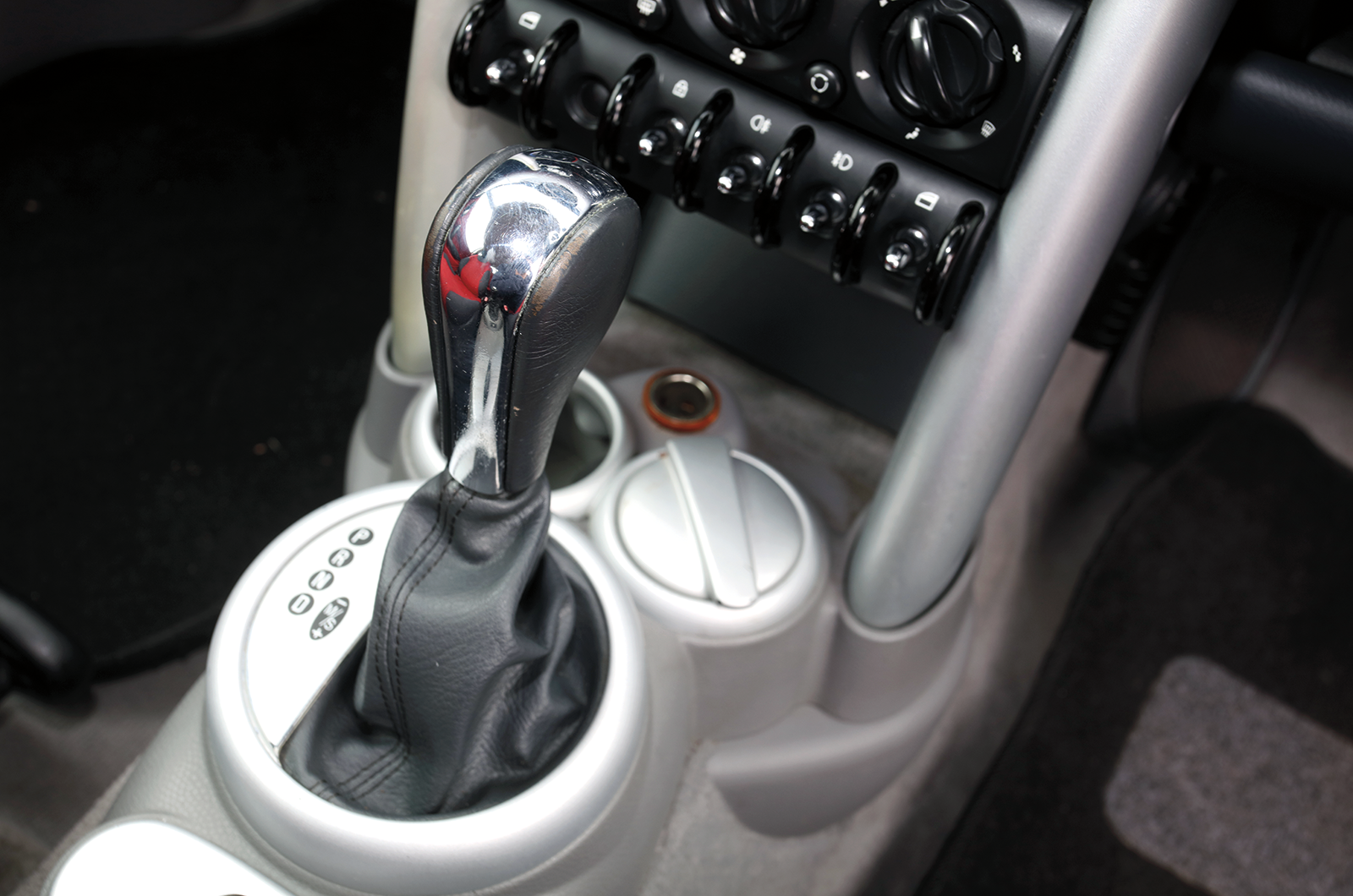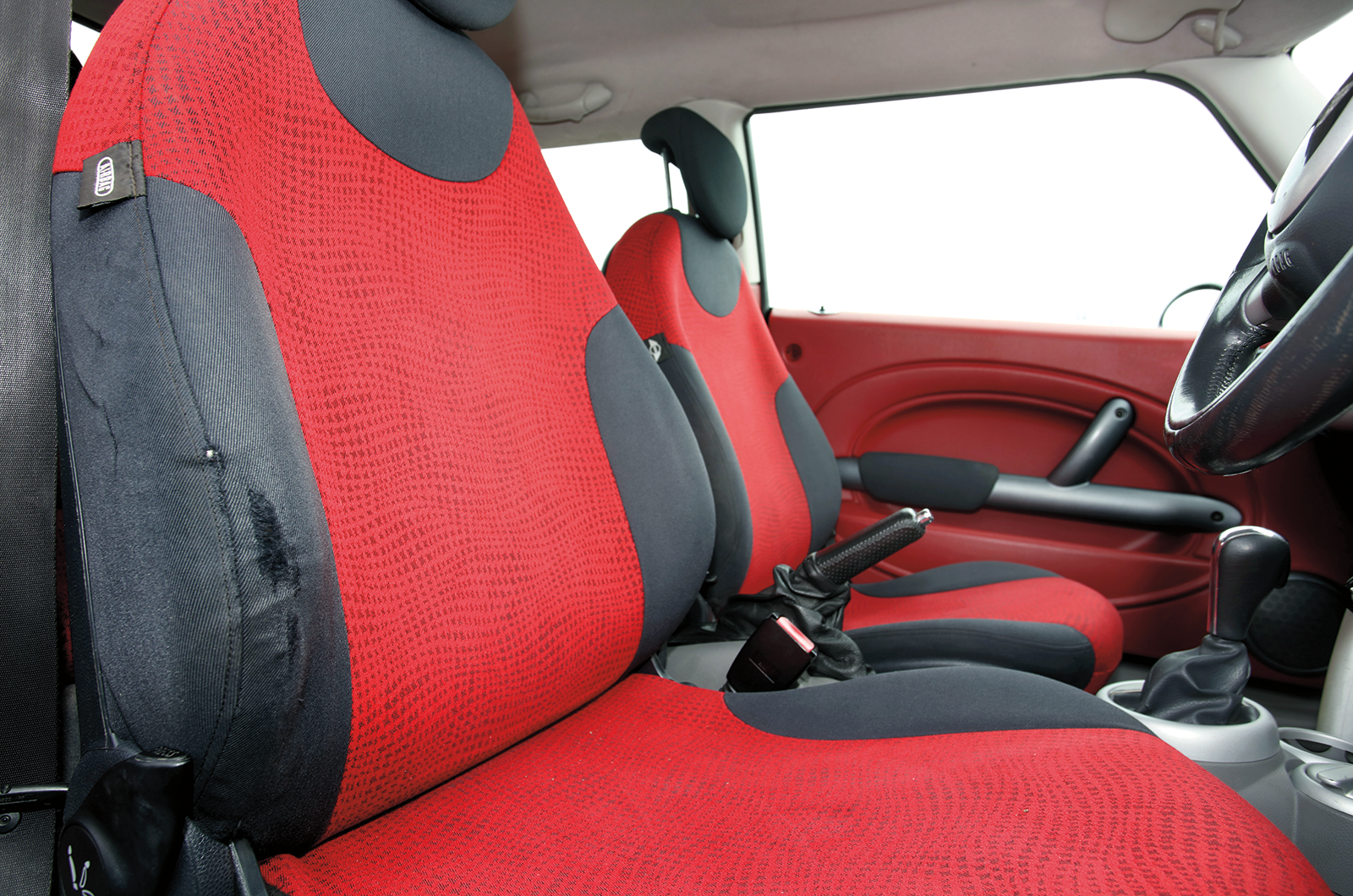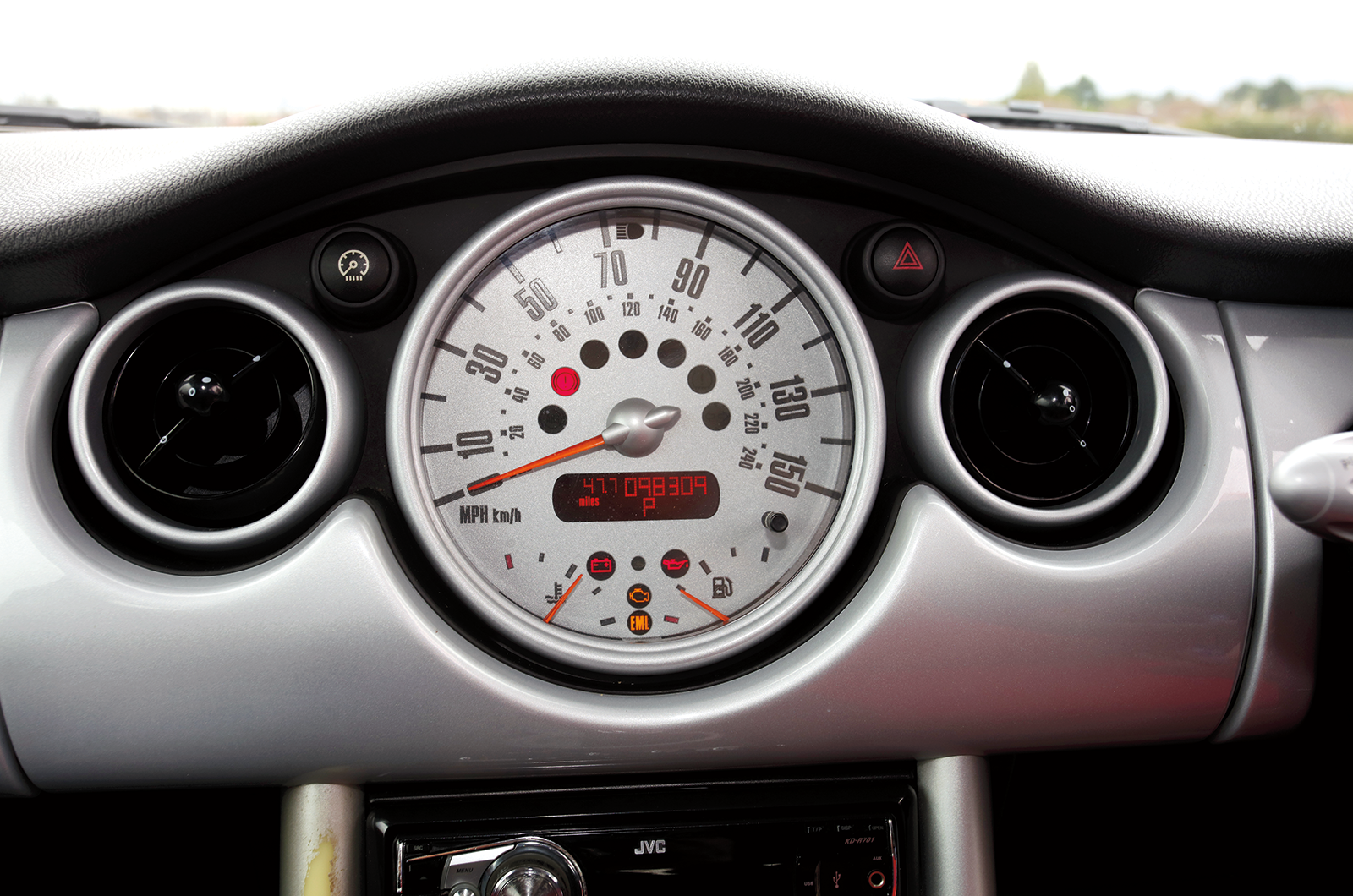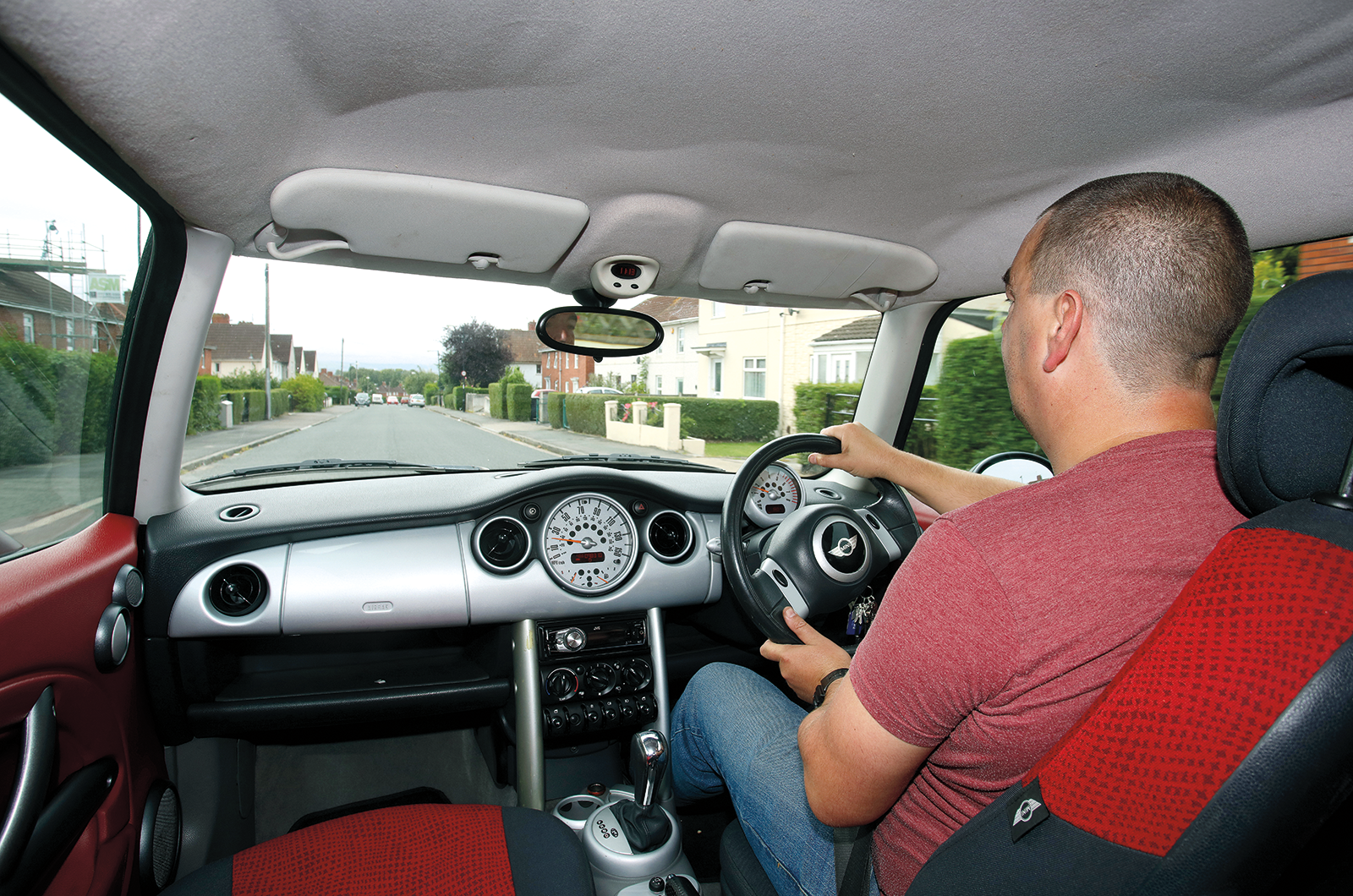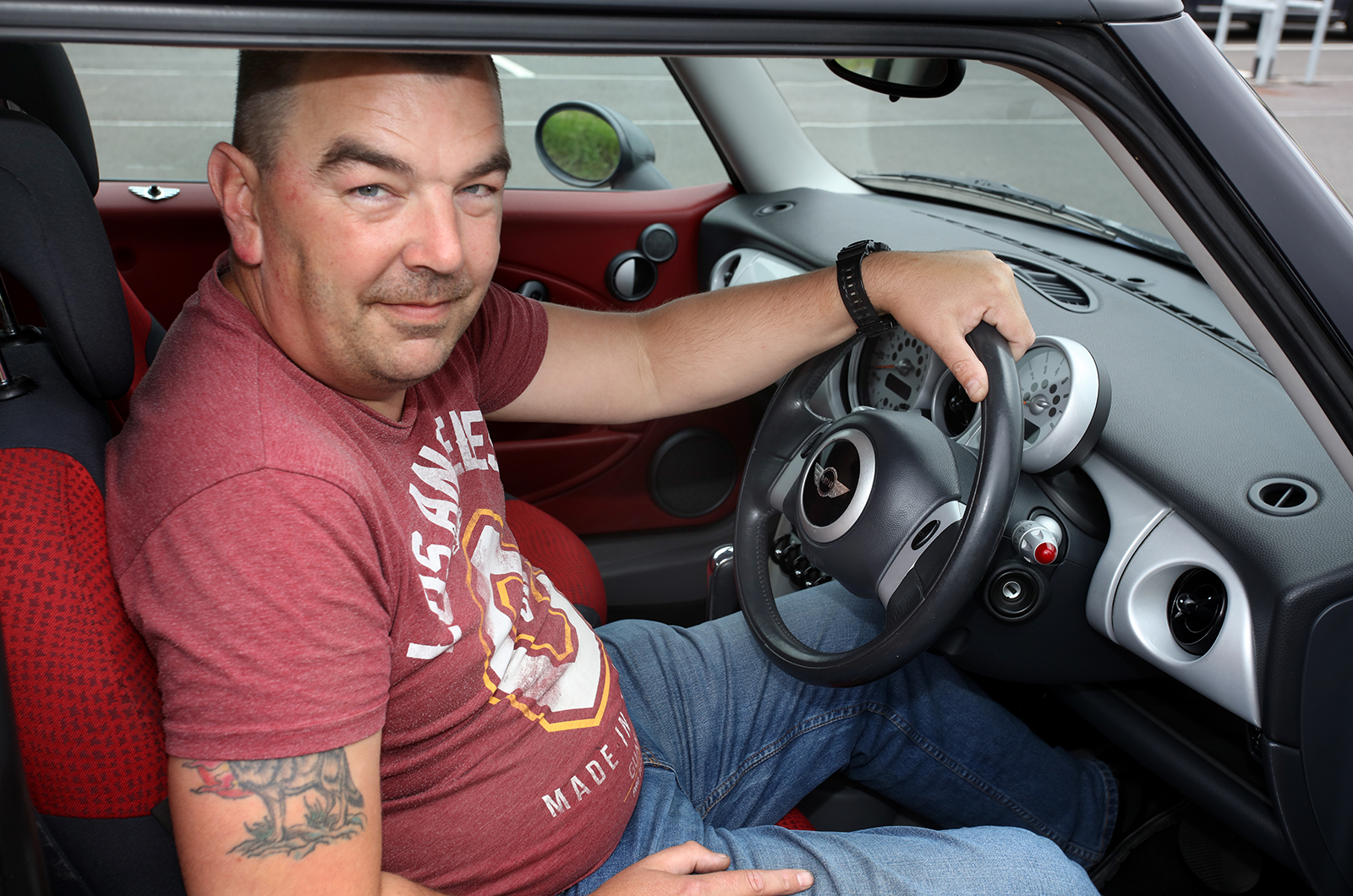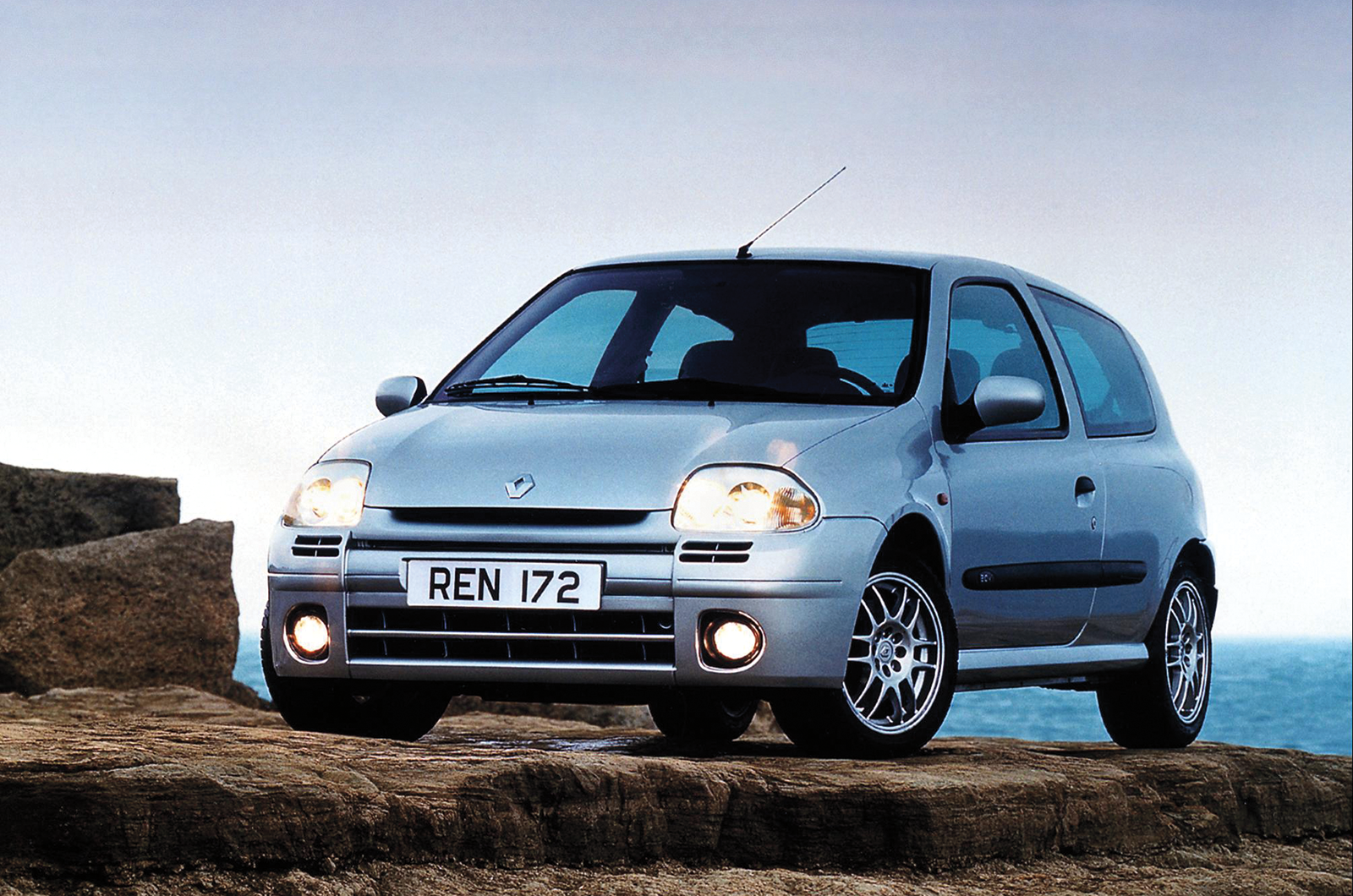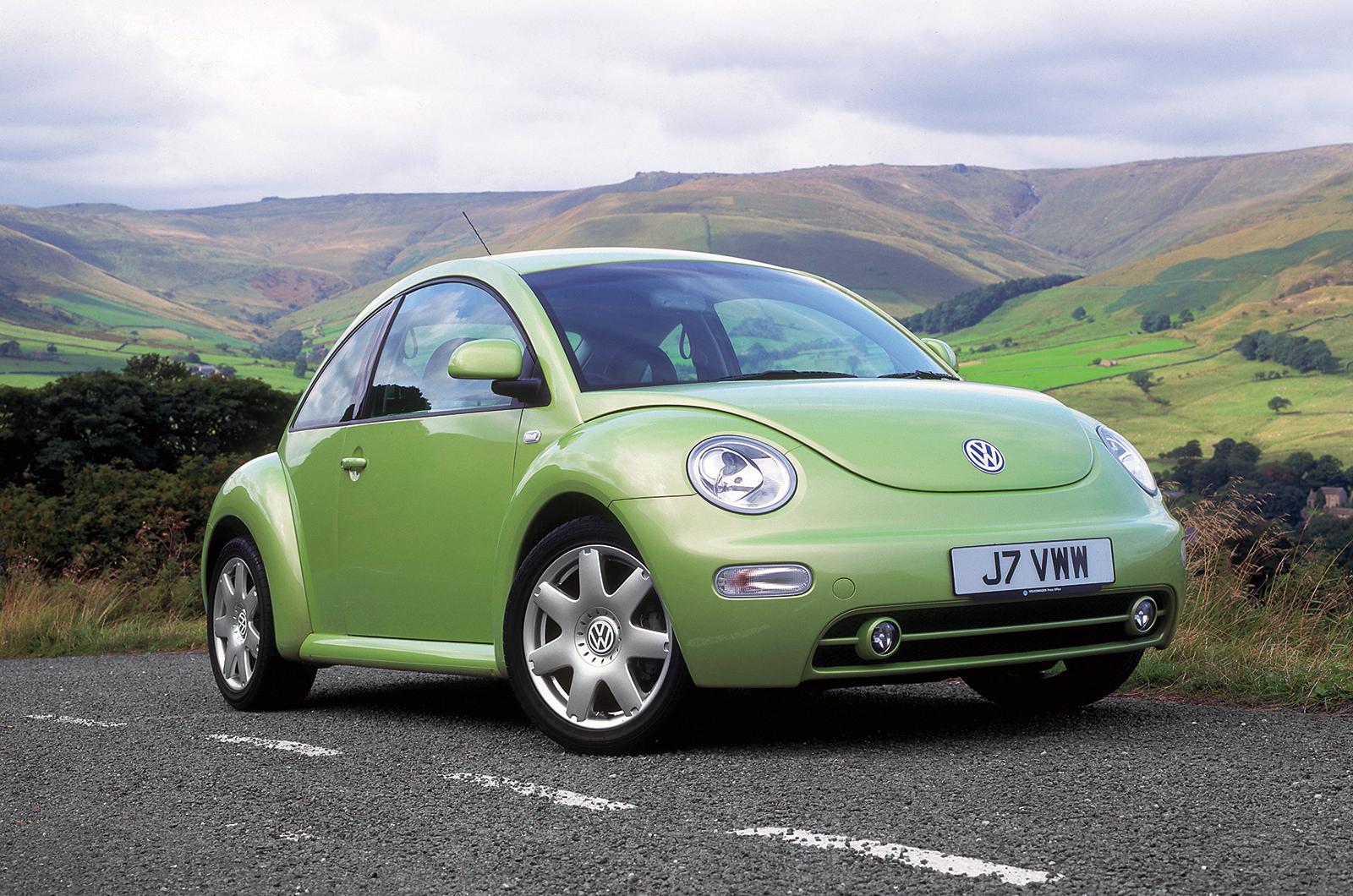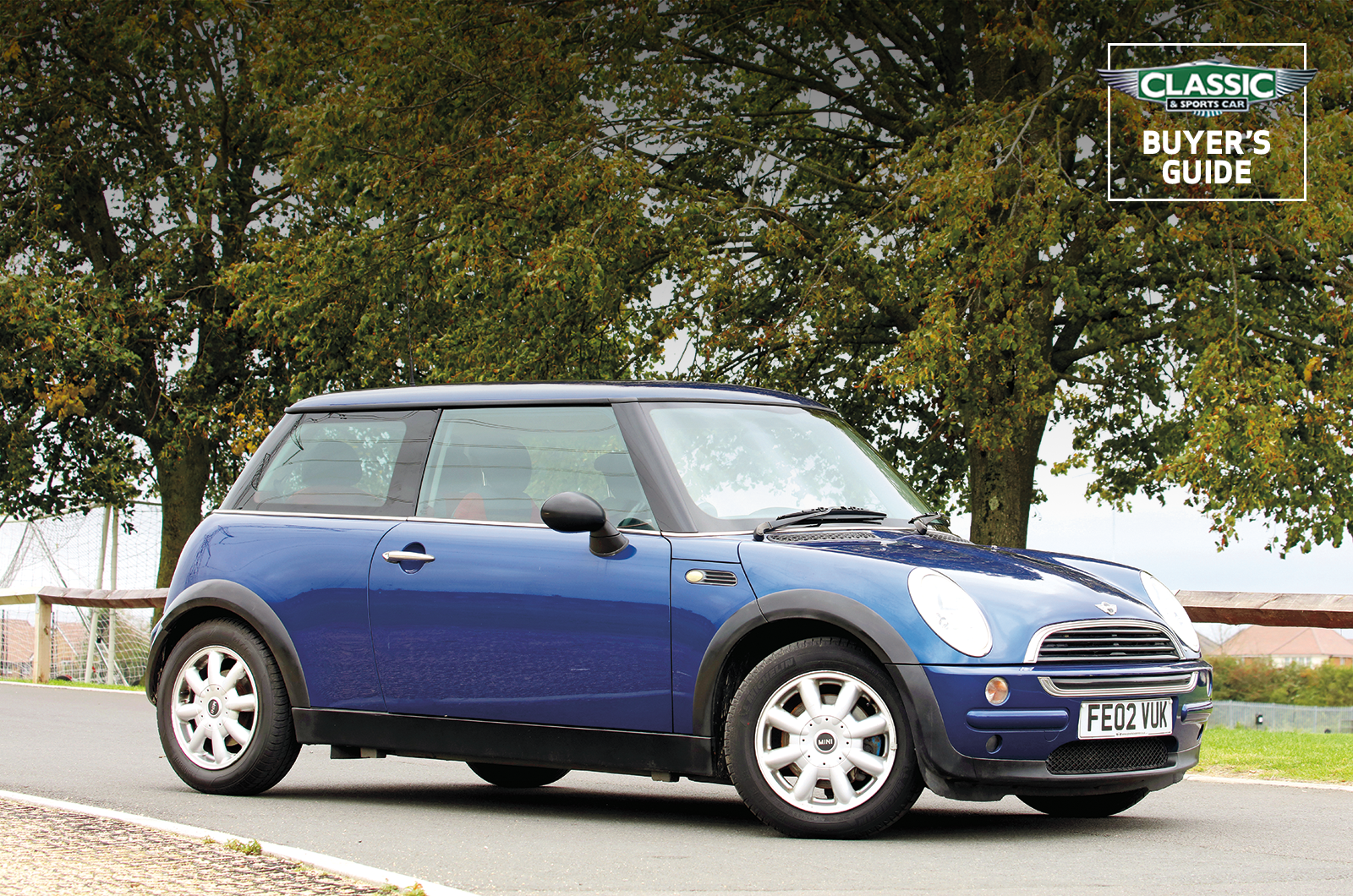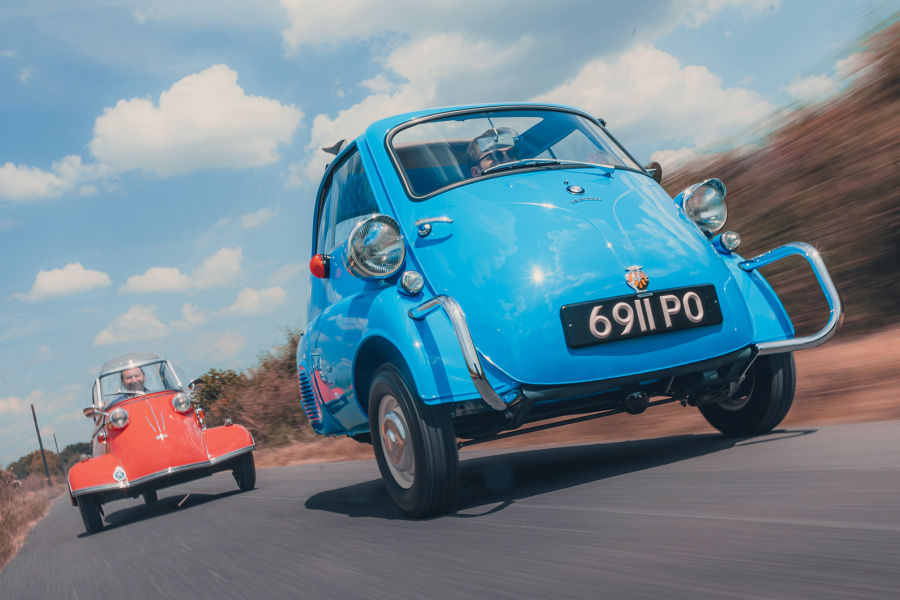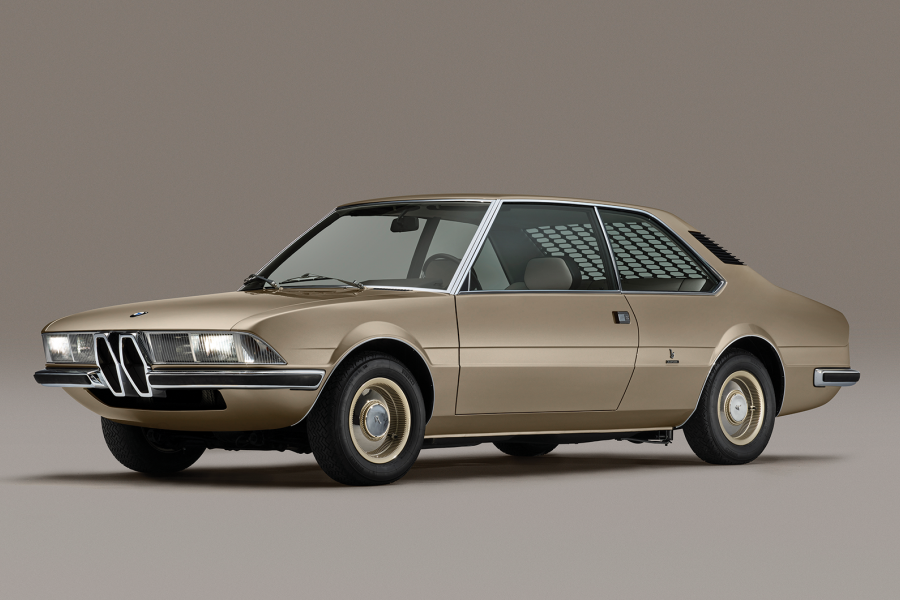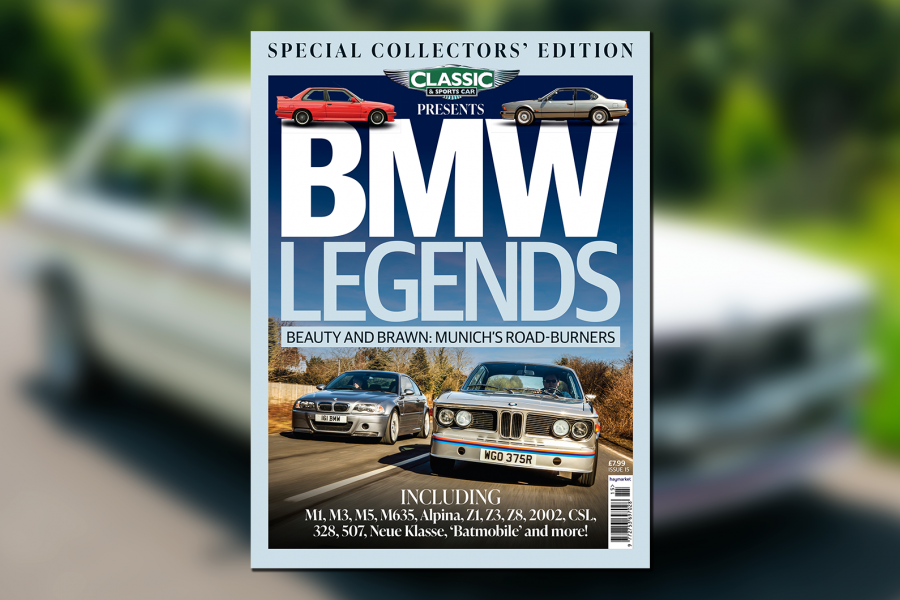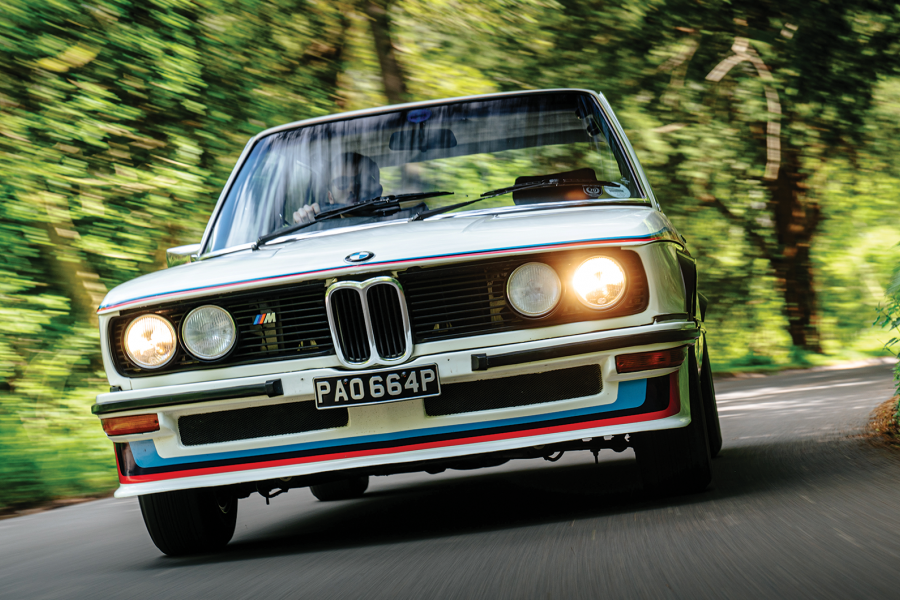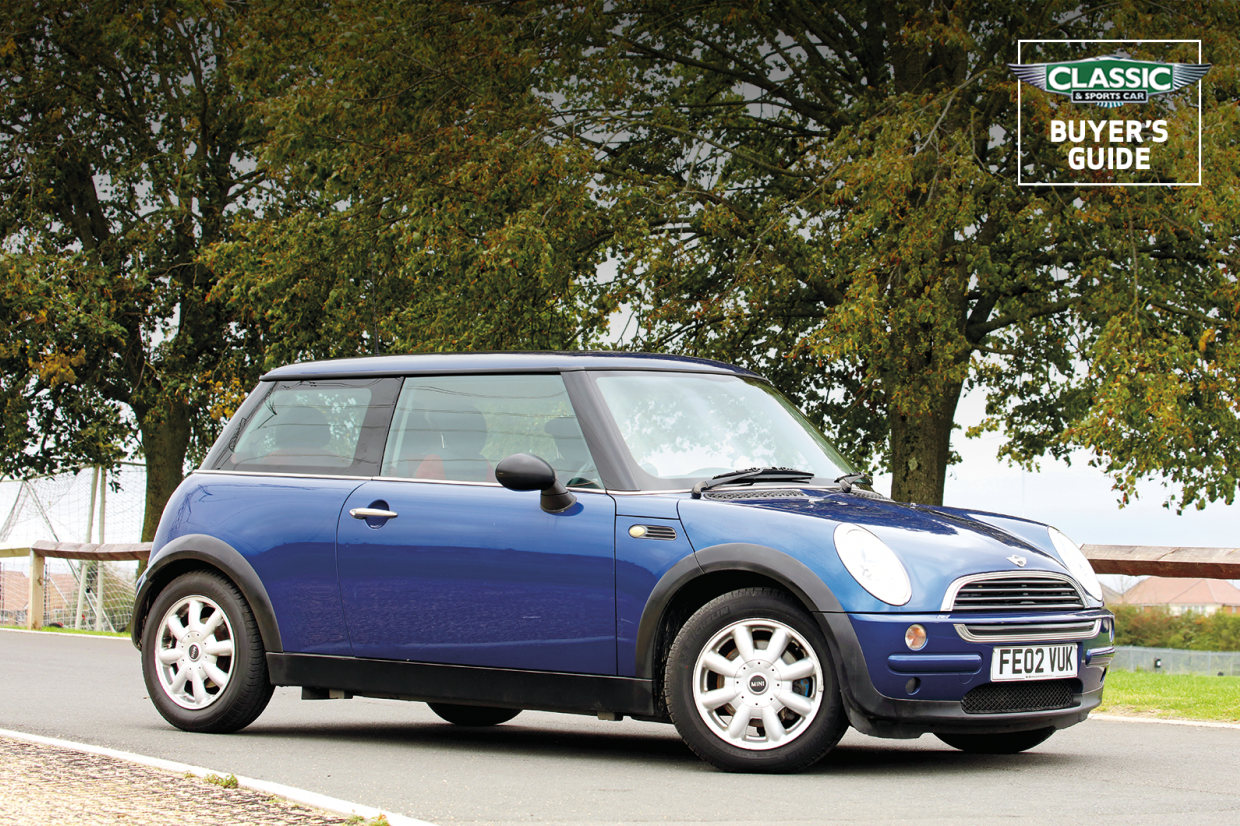
Why you’d want a Mini (R50-R53)
Born at a torrid time in Rover’s history, the new Mini was designed for BMW by Frank Stephenson and might have had a K-series engine as a Rover product. Instead, it went into production as a new independent marque under BMW, with an all-new engine from a new factory in Brazil, a joint venture with Chrysler USA.
With iron block and single cam, the Tritec engine was a more basic design than the K-series, but consequently less fragile and easily capable of big power outputs in supercharged form.
BMW wanted the new Mini to be a sporting hatch, with great handling, cheeky retro style and lots of personalisation, to the extent that it’s hard to find two alike, especially now subsequent owners have made further changes. Go for the best spec you can find, and decode the VIN to check what the car’s original order was.
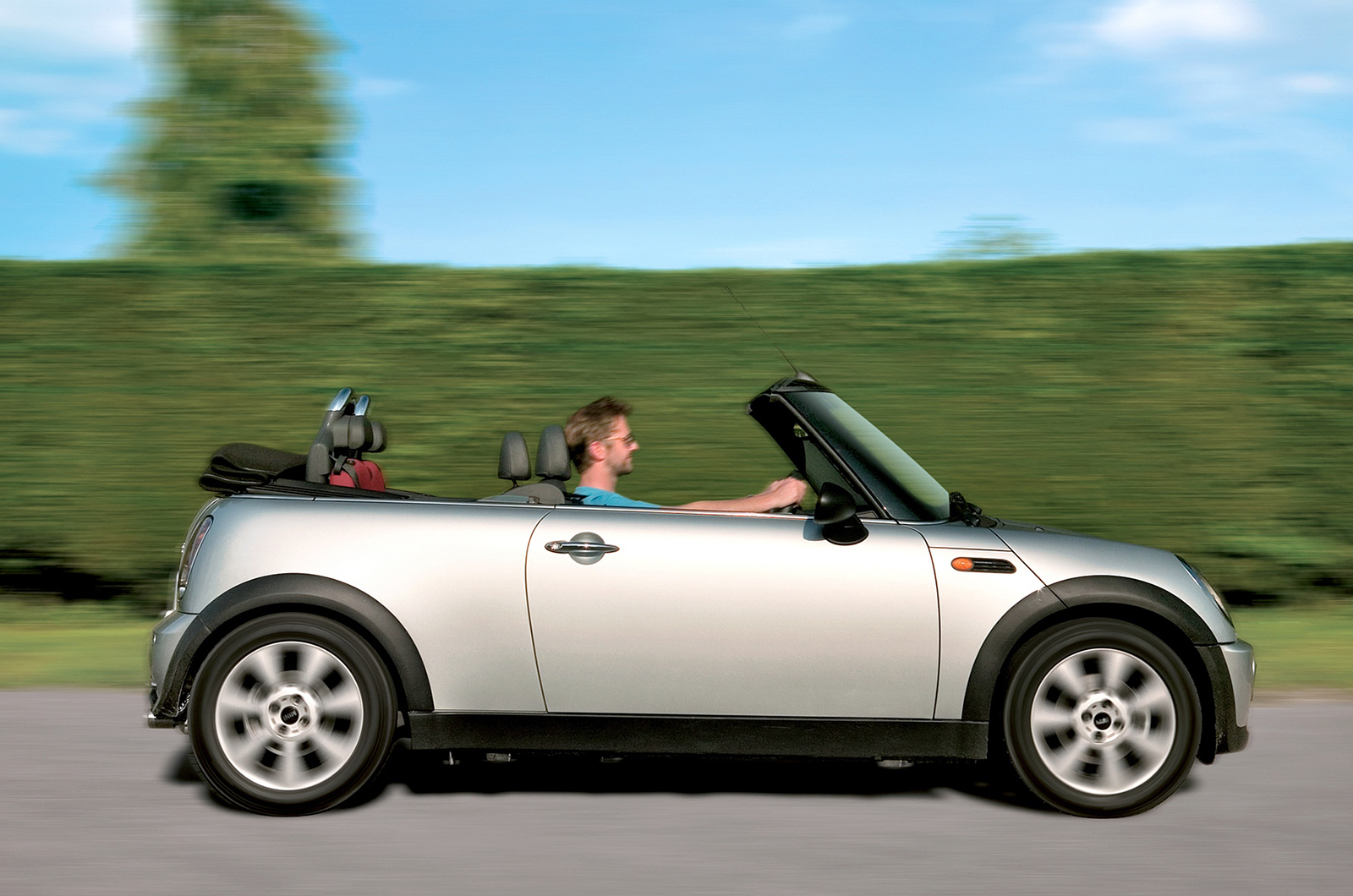
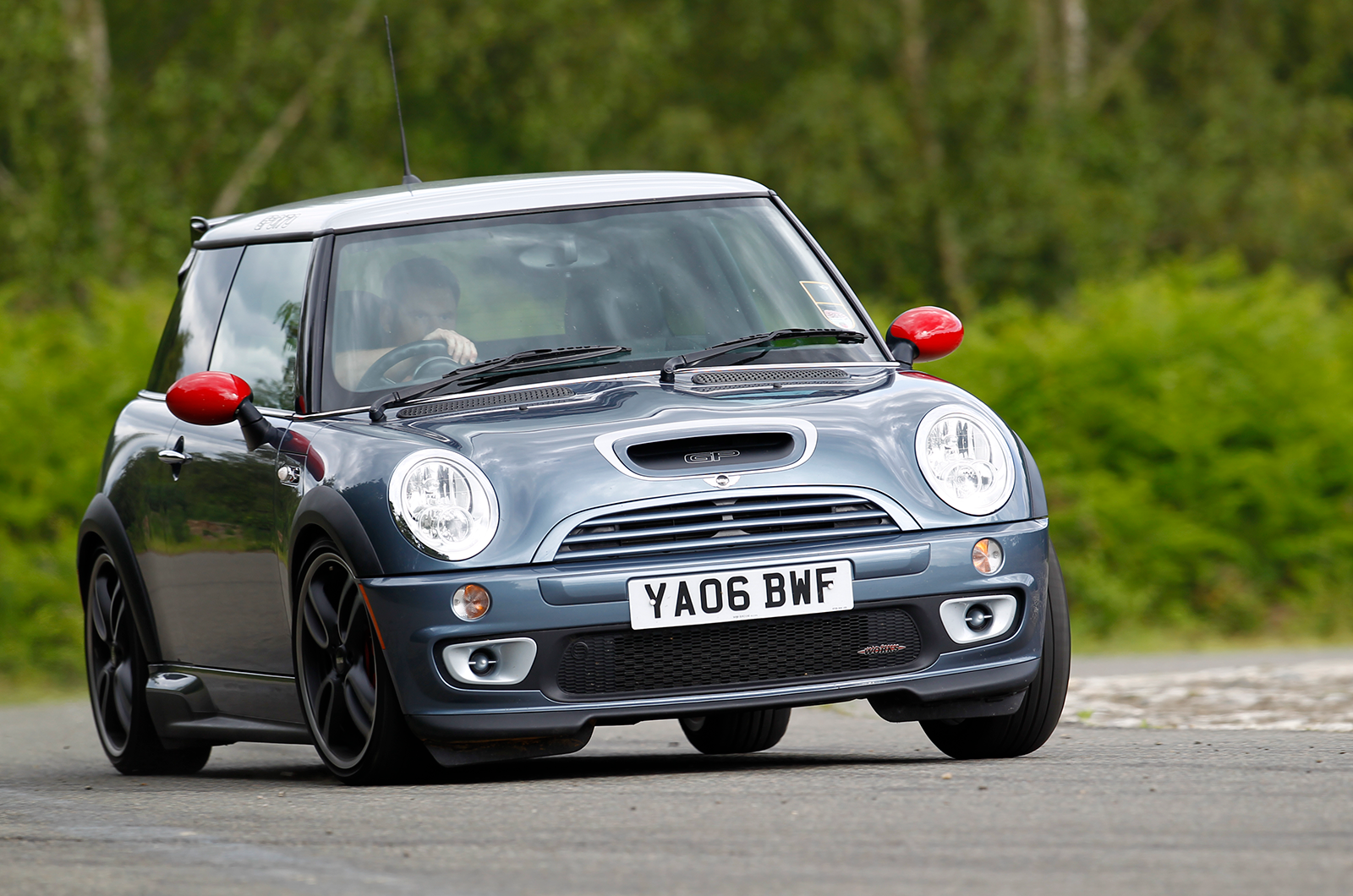
(l-r) Convertible arrived in 2004; JCW GP was the top-spec version

